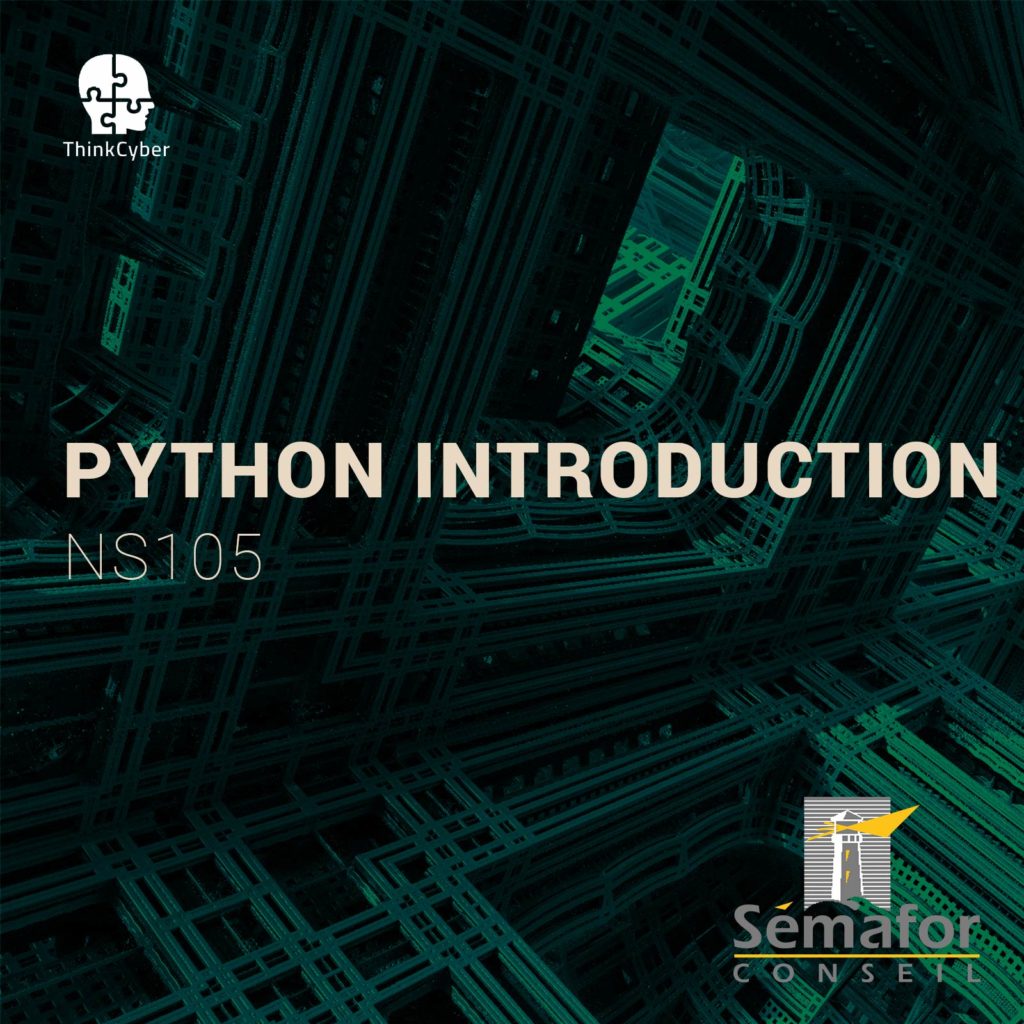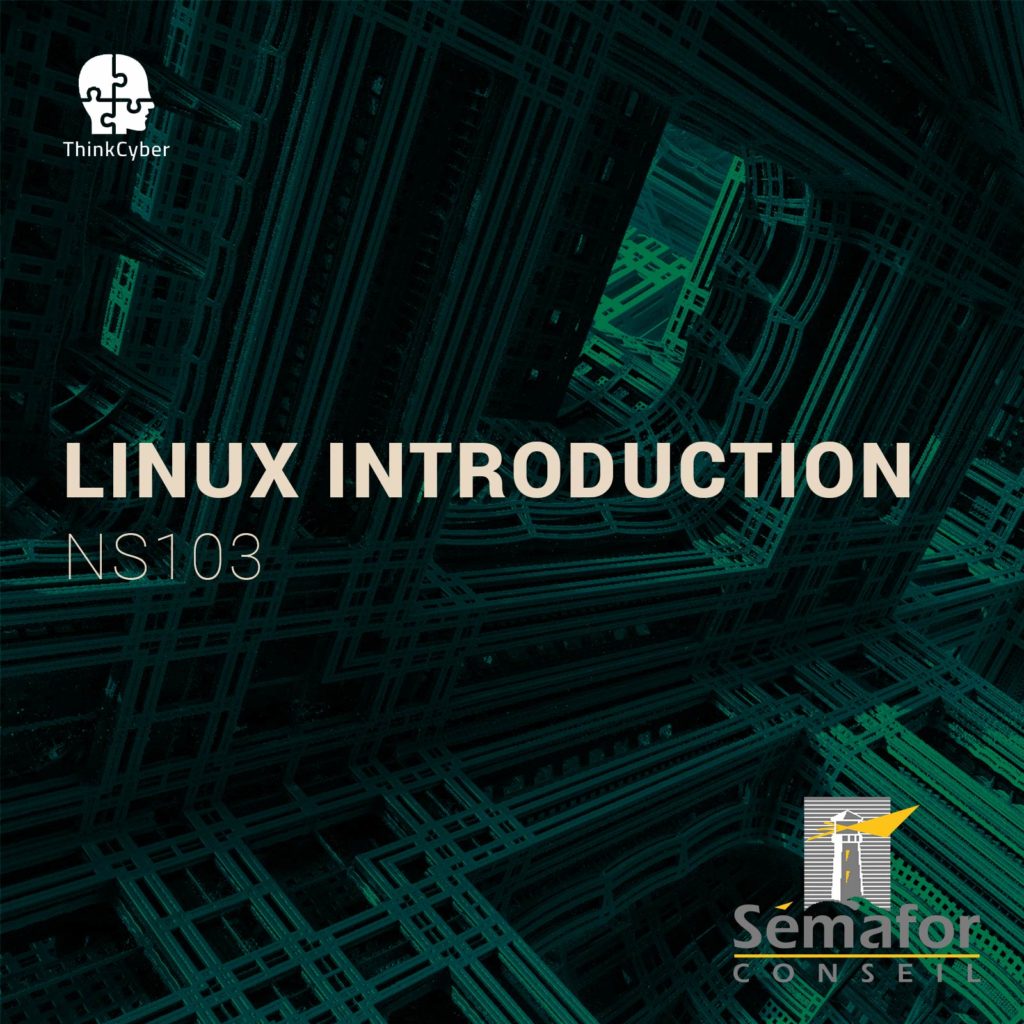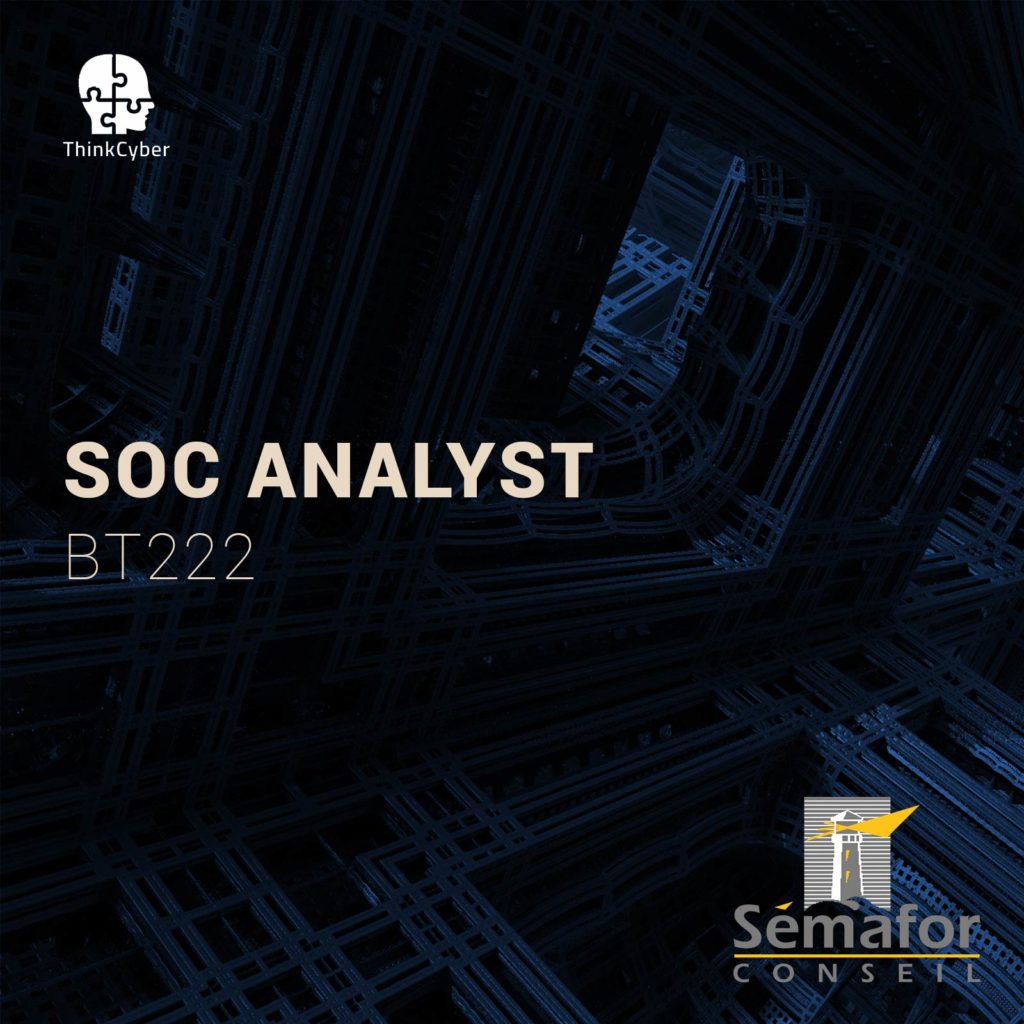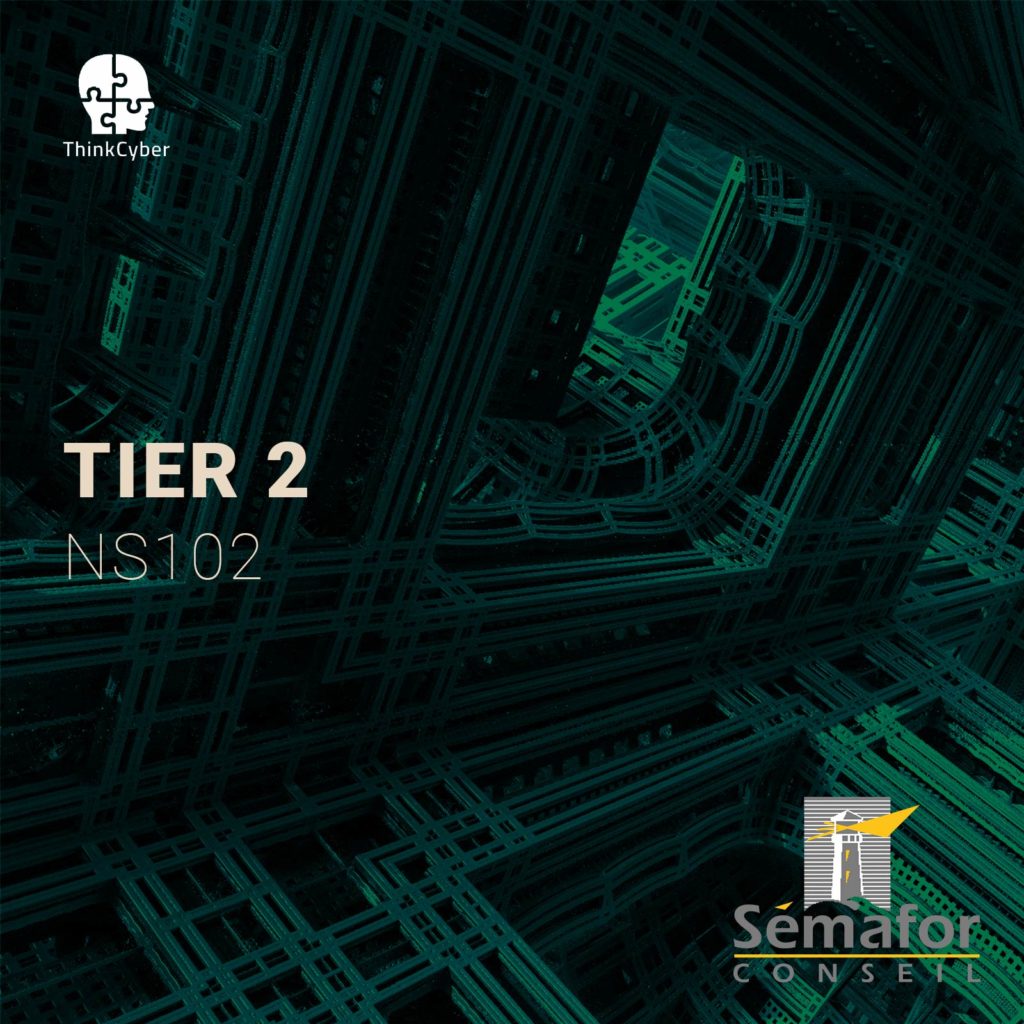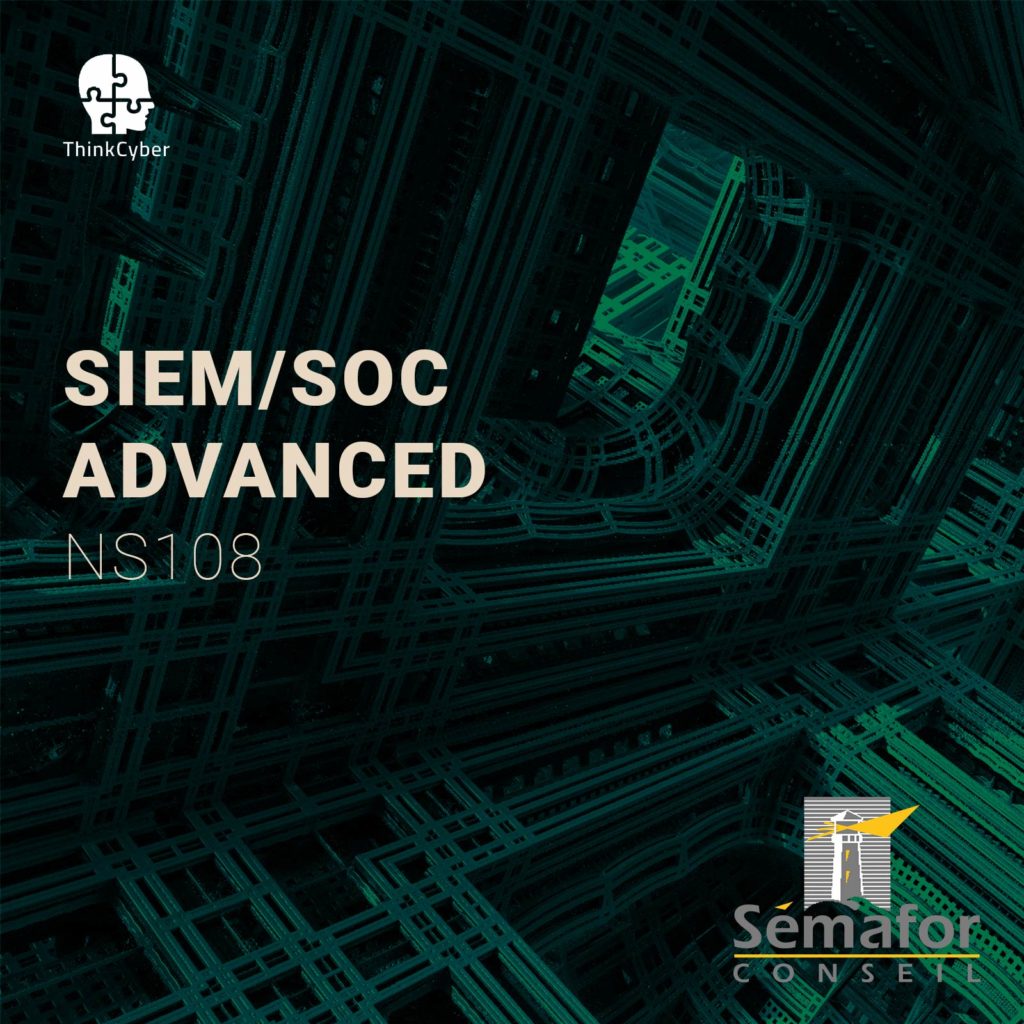Cybersecurity Introduction
NS101
Table of Contents
Description
Cybersecurity Introduction is an essential course that covers main topics from the cyber world and allows the participants to get a quick view of the complex world of digital crimes.
This training covers the core concepts of defense and understanding in the practical world using the CYBERIUM ARENA simulator. Participants will learn about different domain structures and security technology products.
How to make the most of this course?
In order to succeed in the course, the following requirements must be met:
- Participation in all practical laboratories
- Self-work at home between lessons
- Repetition of materials, self-learning, performing tasks, etc…
In addition to regular classroom studies, the participant is required to practice at least 10 hours a week in order to gain practical experience in the field.
A personal computer suitable for running virtual machines, with an Internet connection
Transition of the scenarios in the Cyberium Arena.
Target audience
The course targets participants with basic knowledge in IT or networking and managers wanting to better understand the cyber world and corporate cybersecurity and cyber defense from an attacker’s point of view.
- College Graduates
- IT Professionals
- Managers
Objectives
- Acquiring the knowledge and tools to understand the corporate network
- Understanding cyber-attacks
- Being able to make better decisions in the corporate world
- Being able to protect your computer environment
- Becoming familiar with different attack scenarios
Pre-requisites
To be best prepared to succeed in this program, participants should have basic familiarity or experience with:
- Principles of network connectivity.
- Principles of IT systems
- Principles of Information Systems
- Basic operating system fundamentals including Windows or Linux.
Syllabus
Description
During this module, students will study the fundamental concepts of the cyber world
Technical content
- Fundamental concepts in Information & Cyber Security
o Definitions
o Key Players
o History and Future
o Security Awareness
o Cyber Job Roles
o Basic Networking
o Remote Access
o Steganography and Ciphers
o Hash Functions and Encodings
Description
In this module, participants will embrace the attacker state-of-mind to recognize the necessary defense mechanisms.
Technical content
- Cyber Concepts
o OSI Model
o DNS and DHCP – From an Attacker Point of View
o Security Products Explained
o Anonymity on the Network
o Concepts of Wi-Fi Security - Cyber Attacks Demos
o MiTM Attacks
o Brute Force
o Phishing
o Trojans
Labs
The following labs are part of the actual Cybersecurity Introduction course:
- Lab 1 Basic Text Manipulation
- Lab 2 Using the Internet
- Lab 3 Using Wireshark
- Lab 4 Hash and Encoding
- Lab 5 Scanning with Shodan
- Lab 6 Offline Brute-Force
- Lab 7 DarkNet
- Lab 8 Trojans
Real Cases Studies
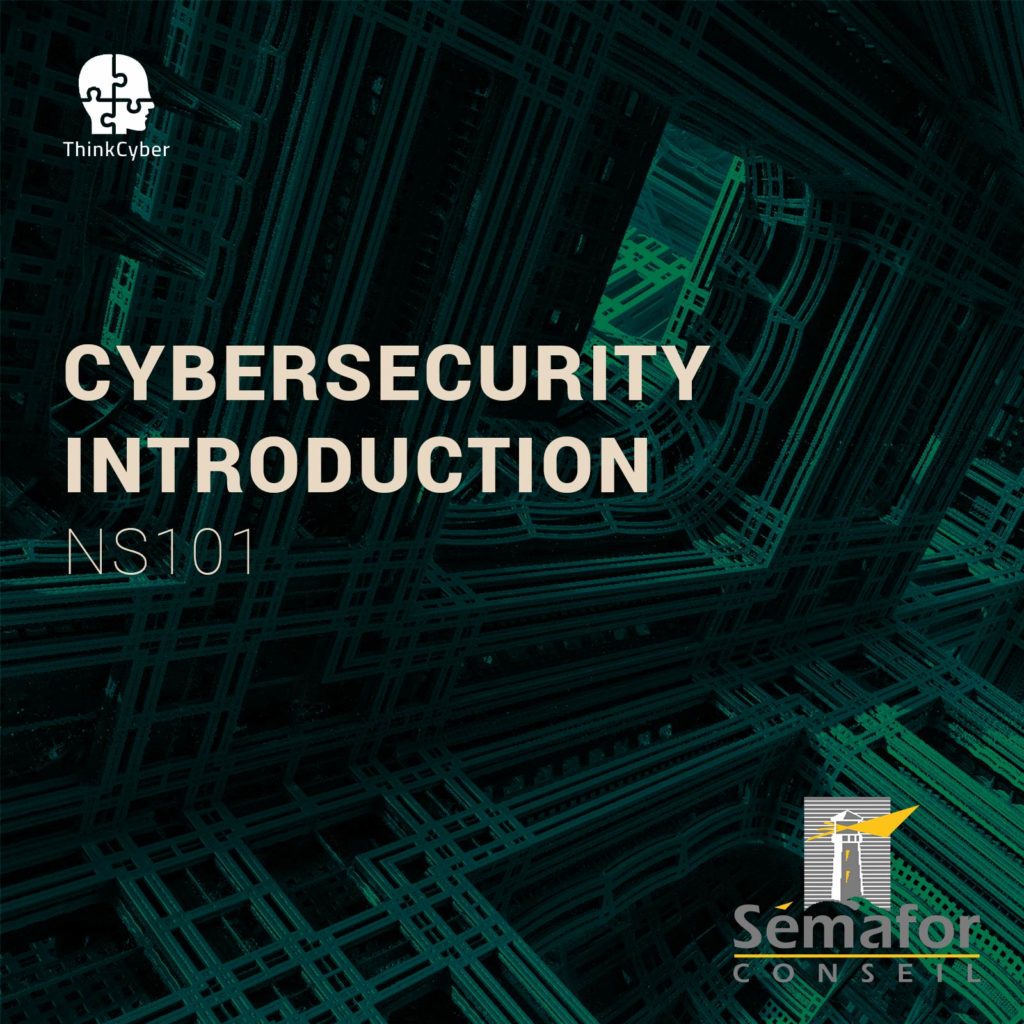
Course type
This course is delivered in the following ways:
- Virtual classroom with proctored labs and scenarios executed in our Cyberium Arena
- In situe classroom with proctored labs and scenarios executed in our Cyberium Arena
All sessions are recorded and attendees can replay them during 30 days. All course material is electronically made available to the participant.
Course Group: FOUNDATION
Hands-on / Theory MiX
The following course incorporates a high level of hands-on labs exercises, as well as real life case studies.
Required EqUIPMENT
Network connection
As this course extensively uses a cloud based Learning Management System, including a lab arena, attendees need a stable broadband connection to the Internet.
BYOD – Bring Your Own Device
As it is a very practical course, and in order for the participants to make the most of the course, they need a laptop with the following capabilities:
- Audio and Video
- 8 GB RAM
- 200 GB Disk Space
- Virtualization capabilities (supporting latest version of Virtualbox or similar virtual machine application)
And also a Good Headset with Mic

